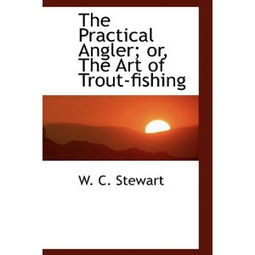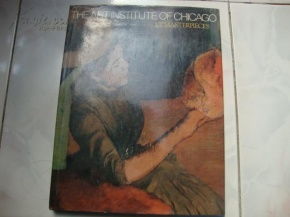Content:
Embarking on a fishing adventure is a thrilling experience, and there's nothing quite like the satisfaction of catching a live fish. Whether you're a seasoned angler or a beginner looking to enhance your skills, understanding the art of catching live fish is essential. This guide will provide you with valuable tips and a step-by-step diagram to help you master the technique of catching live fish effectively.
Understanding Live Bait Fishing
Live bait fishing involves using live fish as bait to attract larger predators. This method is particularly effective for catching species like bass, pike, and walleye. Live bait not only appeals to the fish's natural instincts but also ensures that you can release the fish back into the water after catching it, if desired.
Choosing the Right Live Bait
The first step in catching live fish is selecting the right bait. Different species are attracted to different types of live bait. Here are some common choices:
- Minnows: Ideal for bass, pike, and perch.
- Crickets: Great for catfish and panfish.
- Leaches: Effective for pike and muskellunge.
- Nightcrawlers: Versatile and work well for a variety of species.
Ensure that the bait you choose is native to the body of water you're fishing in, as non-native species can disrupt the local ecosystem.
Setting Up Your Equipment
To catch live fish, you'll need the following equipment:
- Rod and Reel: A medium-heavy rod with a spinning reel is ideal for live bait fishing.
- Line: Use monofilament line with a breaking strength of 10-20 pounds.
- Hook: A size 4-6 hook is typically sufficient for most live bait applications.
- Leader: A 12-18-inch leader of fluorocarbon line helps to reduce visibility in the water.
The Technique
Hooking the Bait: Begin by threading the hook through the bait's mouth or gills. For minnows, hook through the bottom lip. For nightcrawlers, thread the hook through the middle of the worm.

Presenting the Bait: Cast your line out into the water. Allow the bait to sink to the desired depth. Then, retrieve it in a slow, erratic motion. This mimicry of the bait's natural movement is crucial for attracting fish.
Reading the Bait: Pay close attention to how the bait behaves in the water. If it's struggling or moving erratically, it's likely being attacked by a fish. Set the hook quickly by lifting the rod tip and pulling the line.
Reeling In: Once you've hooked a fish, reel it in slowly and steadily. Avoid reeling too quickly, as this can cause the fish to become stressed or escape.
Diagram: Catching Live Fish Step-by-Step
[Insert a detailed diagram here, illustrating the following steps:]
- Step 1: Threading the hook through the bait.
- Step 2: Casting the line into the water.
- Step 3: Allowing the bait to sink and then retrieving it.
- Step 4: Reading the bait's behavior and setting the hook.
- Step 5: Reeling in the fish.
Tips for Success
- Patience: Live bait fishing requires patience. Don't get discouraged if you don't catch anything right away.
- Adjustments: If you're not having success, try changing your bait type, color, or presentation style.
- Safety First: Always prioritize safety, especially when handling live fish. Use gloves and a net to avoid injury.
By following these tips and utilizing the step-by-step diagram provided, you'll be well on your way to mastering the art of catching live fish. Happy fishing!












